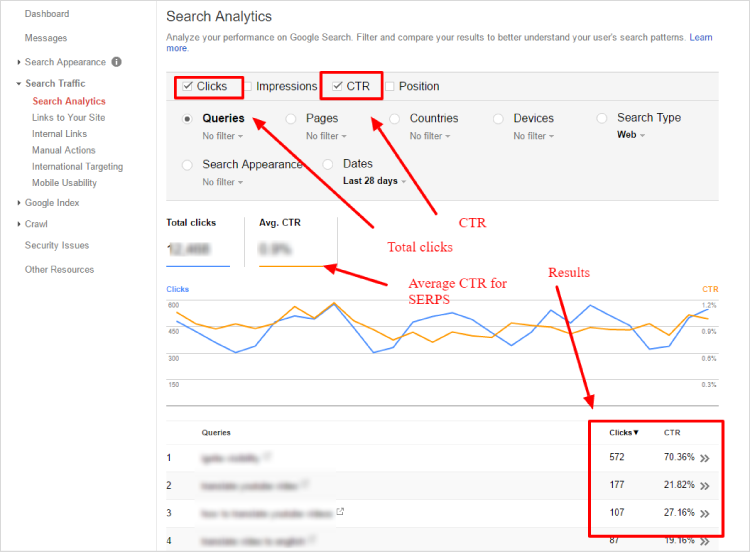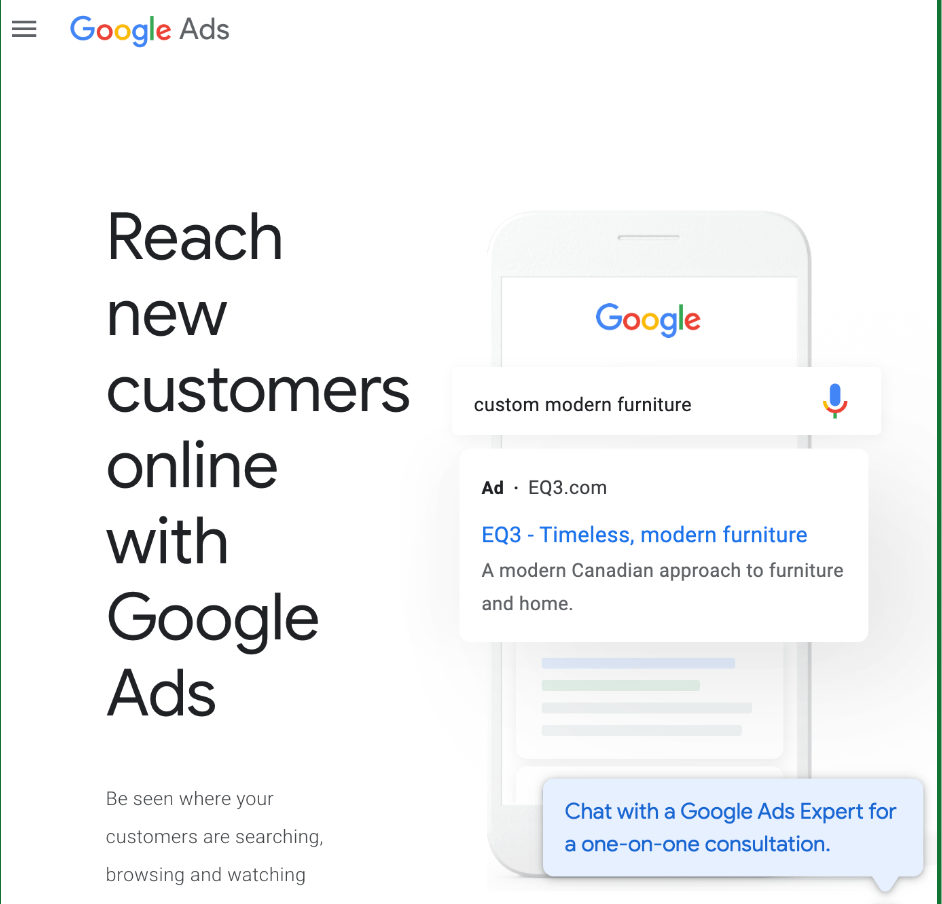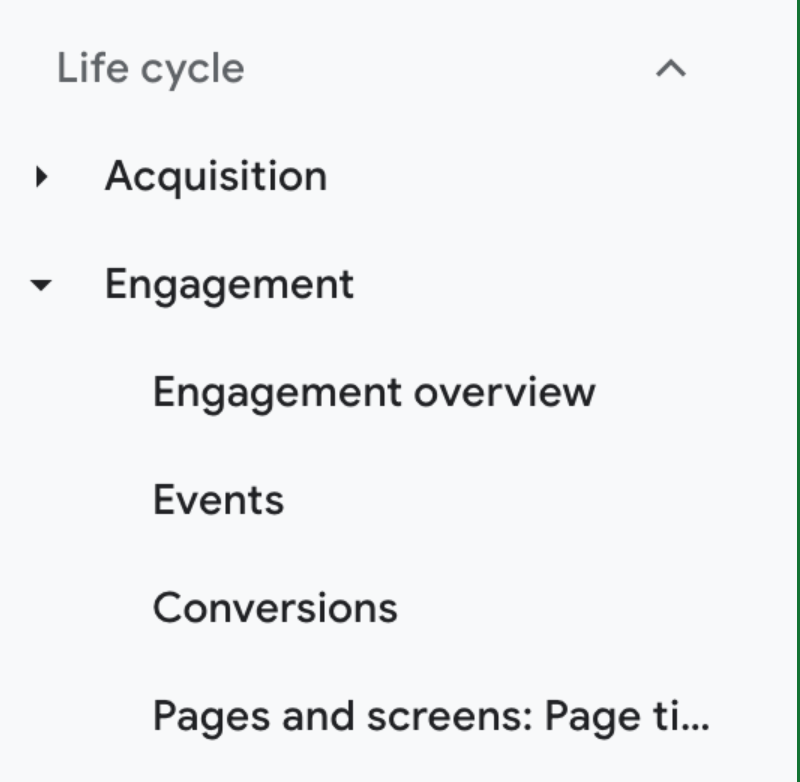

Updated January 2, 2025
When it comes to click-through rates for your website, strive for continuous improvement. Google Search Console is a free tool that allows you to analyze high- and poor-performing pages. Follow seven steps to improve CTRs on your site.
Updated May 6, 2022
If you’re looking to improve your click-through rate (CTR) from search engine results pages (SERPS), you have a friend in Google Search Console. This tool allows you to analyze clicks from Google searches, receive alerts about errors, and test whether Google can understand your content, simply by inputting your site’s URL.
Looking for a SEO agency?
Compare our list of top SEO companies near you
By showing you which aspects of your site need improvement, Google Search Console helps you squeeze more traffic out of every URL listed in Google.
As the CEO of Ignite Visibility, an SEO agency, I’ve used Google Search Console many times both for our site and for hundreds of clients’ sites. The results are always the same: higher CTRs, more traffic, and better numbers.
Hire an SEO agency by browsing our directory of verified service providers.
This article walks you through seven steps for using GSC (Google Search Console) to maximize CTRs.
The first step is to identify your CTRs’ current levels.
Open GSC, select the website you want to evaluate, and click on “Search Results” in the left-hand sidebar.
A chart will appear that shows total clicks, impressions, average position, and average CTR.

The CTR figures (clicks and impressions) will be displayed under each query.
The report lists search queries and their respective CTRs, sorted by search popularity. Look at the CTRs of your most important keywords. if you see numbers like 10% or 20%, there’s clearly room for improvement.
Before launching optimization efforts, set a tangible goal. Ask yourself, “What CTR levels do I want to see for each search term?”
Keep in mind that a goal of 100% is not realistic. Even the most sophisticated marketing veterans don’t bat a thousand. There are typically 15 links on a search results page: 10 organic and five paid. With so much content for a reader to choose from, you can’t expect to get a click every time. However, you can aim to get more clicks than your competitors.
Take a look at the content you’re offering and set a goal that you think is realistic. For example, you may want to bring your CTR from 10% to 60% or from 20% to 80%. Consider how many people who stumble across your link on Google actually should click on it. Then, optimize the page with that number in mind.
To improve pages with poor CTRs, study the pages that perform well. Once again, GSC is your friend here: use the tool to find these high performers.
Click on the “Pages” button, which appears above the graph in Search Console. The pages button shows you a report that lists CTRs by page URL instead of by search term.

Examine the pages on your site that boast the highest CTRs and analyze why they’re so attractive to Google. Do they have a catchy headline? Are they using targeted keywords? Is there humor in the description text that tempts people to click the link?
Additionally, remember to review structural differences between high- and low-performing pages. For example, you may find that pages with schema.org markup, or additional code that describes a web pages’ meaning, receive higher CTRs. If so, you can improve CTRs easily by adding markup to all pages.
In general, the idea is to imitate what’s already working for you. If a particular technique gets good results in one place, it will likely do so in others as well.
Linking your website to Google Ads allows you to analyze search traffic for certain keywords and phrases and track customer activity on your site.
To find your CTRs in Google Ads, select “Keywords” on the dropdown. Then, look for the “Search Terms” tab on the left. If needed, use the filter tool to view a subset of campaigns.

You may find that certain ads yield higher CTRs than others. Success may signal compelling copy, so apply the same pattern to low-performing ads.
For example, let’s say you run the Google Ads headline,“With Our Service, Your Competitors Won’t Know What Hit Them.” If you find the headline gets more clicks than other ads, consider using that same headline (or style of headline) as a title for a blog post.
Google Analytics (or GA4) is another tool that helps identify high-performing content by recording user behavior on a specific page, such as pageviews, average time on page, entrance rate, and bounce rate.
Load GA4, then click “Engagement” in the left-hand sidebar, and select “Engagement Overview” from the dropdown menu.

Engagement overview shows a line graph that displays your most popular content pages during a chosen reporting period. Use this information about successful content pages to improve the pages that experience less traffic.
If website analysis fails to reveal why CTRs remain low, take a step back and check the basics. Use the checklist to ensure that your pages follow standard SEO best practices:
Take a look at our Small Business SEO report to see how businesses are using SEO in 2022.
Making changes to ensure your pages are in line with these tried and true SEO best practices may improve a users’ likelihood of clicking your links.
Once you’ve implemented the first round of changes to get higher CTRs, it’s time to “hurry up and wait.” As you know, SEO is rarely an overnight success, so some patience is required.
Allow for enough time to properly gauge the updated pages’ impact on users. As a rule of thumb, wait a month or two before conducting a before-and-after page analysis.
After honing in on a winning formula for improving CTRs, apply it to other pages to see if it has the same effect. Then, once you’ve hit your goals, look for ways to improve your CTRs even more. Set a new goal, ensuring that it is still realistic, perform the same comparisons mentioned above, and highlight additional ways to update pages.
Remember, Google wants you to succeed. That’s why it provides GSC free of charge, so take advantage of the tool to maximize your CTRs.
Start your adventure with a trusted SEO agency.


